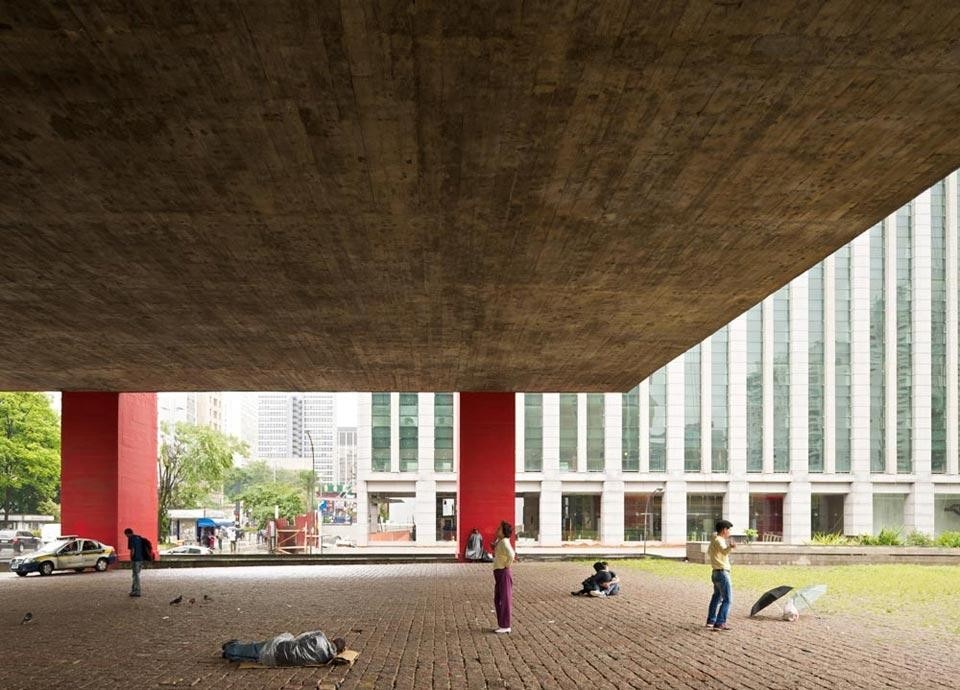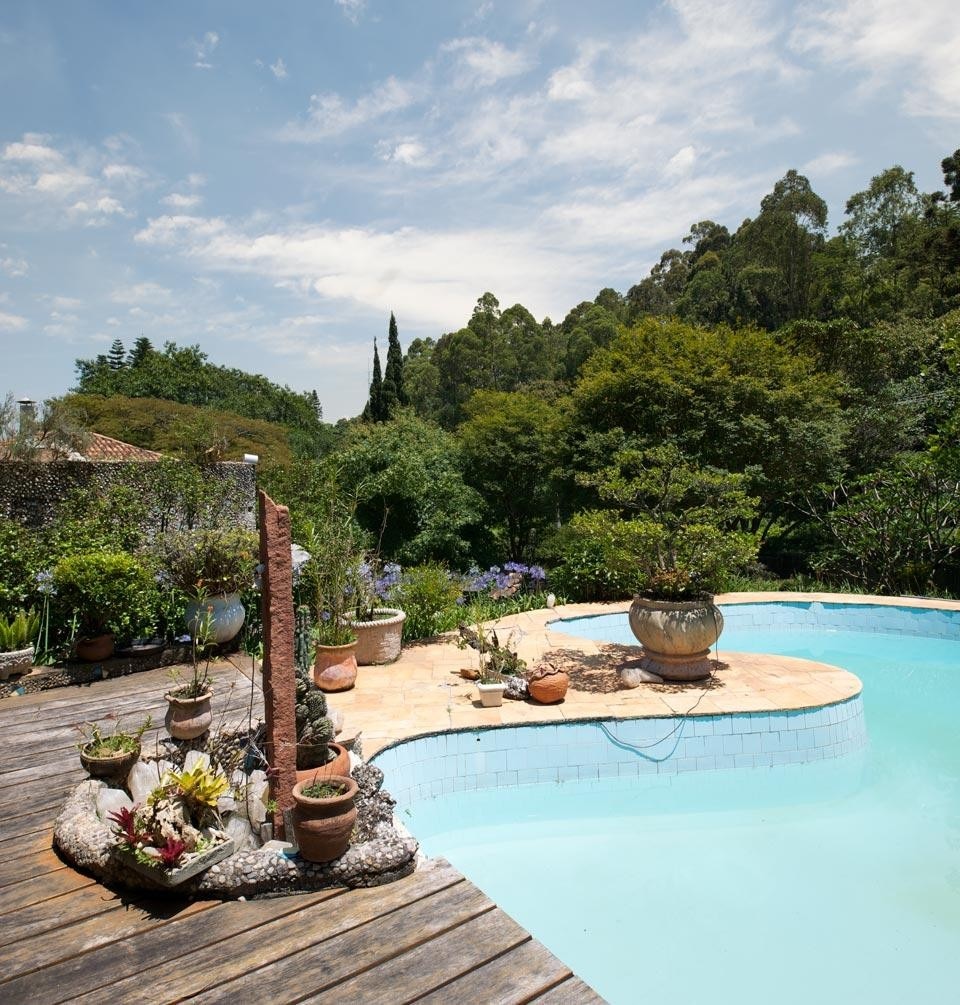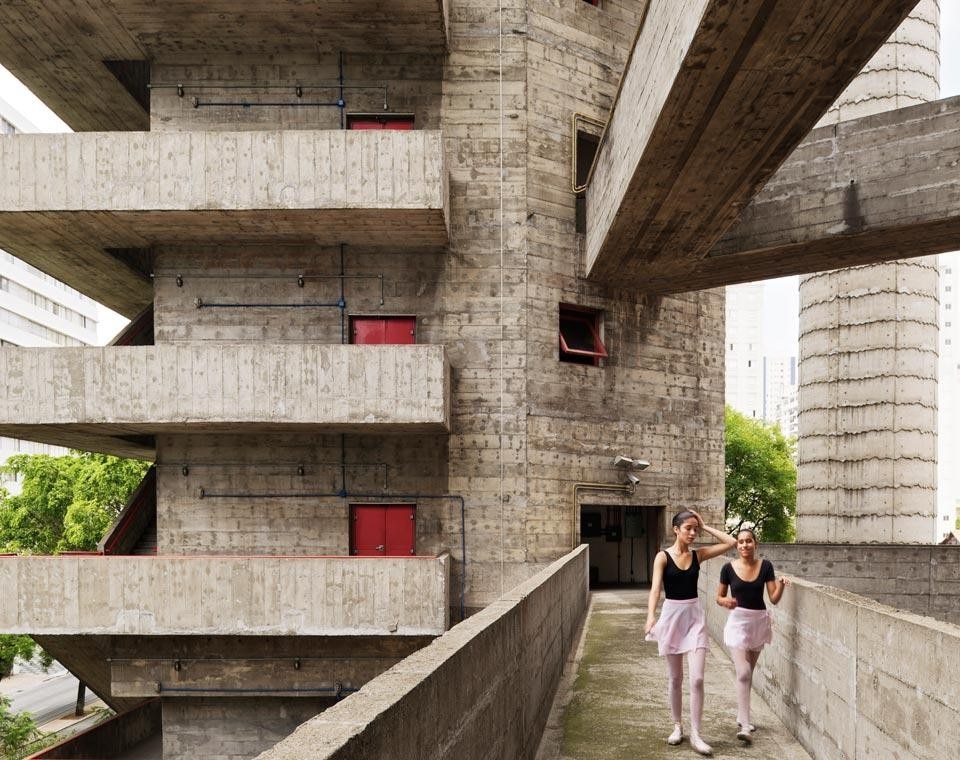Curated by Ana Araujo, the exhibition includes a specially commissioned selection of contemporary photographs of Bo Bardi's buildings by Barcelona-based photographer Iñigo Bujedo Aguirre, of which we publish a selection in this photo essay.
During the years of 1940 and 1945, the architects Gio Ponti (1891-1979) and Lina Bo Bardi (1914-1992) worked together in a series of projects in Milan, Italy.
By that time, Gio Ponti was already a mature and an internationally celebrated designer, known for his editorial contribution in the renowned magazine Domus, for his work at the Decorative Arts Milan Triennials, and for his achievements as a prolific architect and product designer. Lina Bo Bardi was a young woman, just graduated from the College of Architecture at Rome University (in 1939), who had decided to move to Milan to escape the traditional and reactionary atmosphere of the Roman architectural environment. After her years in Milan, Bardi would move permanently to Brazil, and would become one of its most prominent architects.

In her autobiographical text "Currículo Literário" [Literary Curriculum], Bardi pays tribute to the lessons she learnt from Ponti, whom she defines as the "last of the humanists" – for his commitment to the social and cultural agenda of architecture, his interest in traditional forms of craft and his all-encompassing approach to design, "from cups and chairs to fashion, including also urban design, curatorial and editorial work".
The term "humanism" describes an ideology that understands humans as a "source of infinite possibilities", aiming for a "balance of physical, spiritual, moral and intellectual faculties". Humanism draws on the belief that human dignity should be of primary importance, regardless of race, class or other differences. It draws on a knowledge of the past as a means to continuously (re)construct human histories and mythologies. A humanist will typically perform in a wide range of cultural disciplines, from micro to macro, from ideas to artefacts, from objects to places.
Lina & Gio: The Last Humanists
The Architectural Association
London
Through 24 March 2012
Like Ponti, Bo Bardi would, in her later work in Brazil, commit herself fully to the promotion of humanist values



